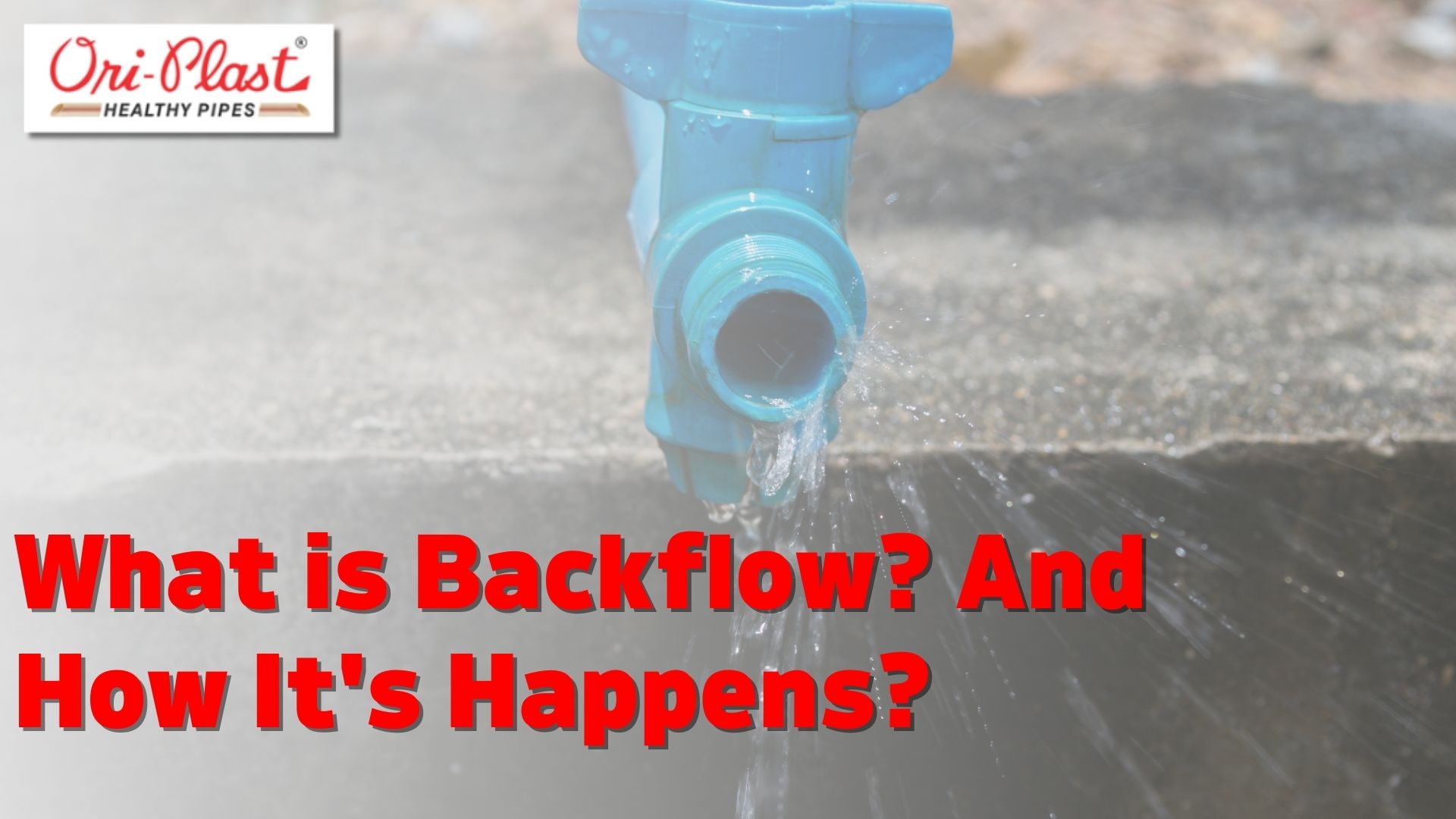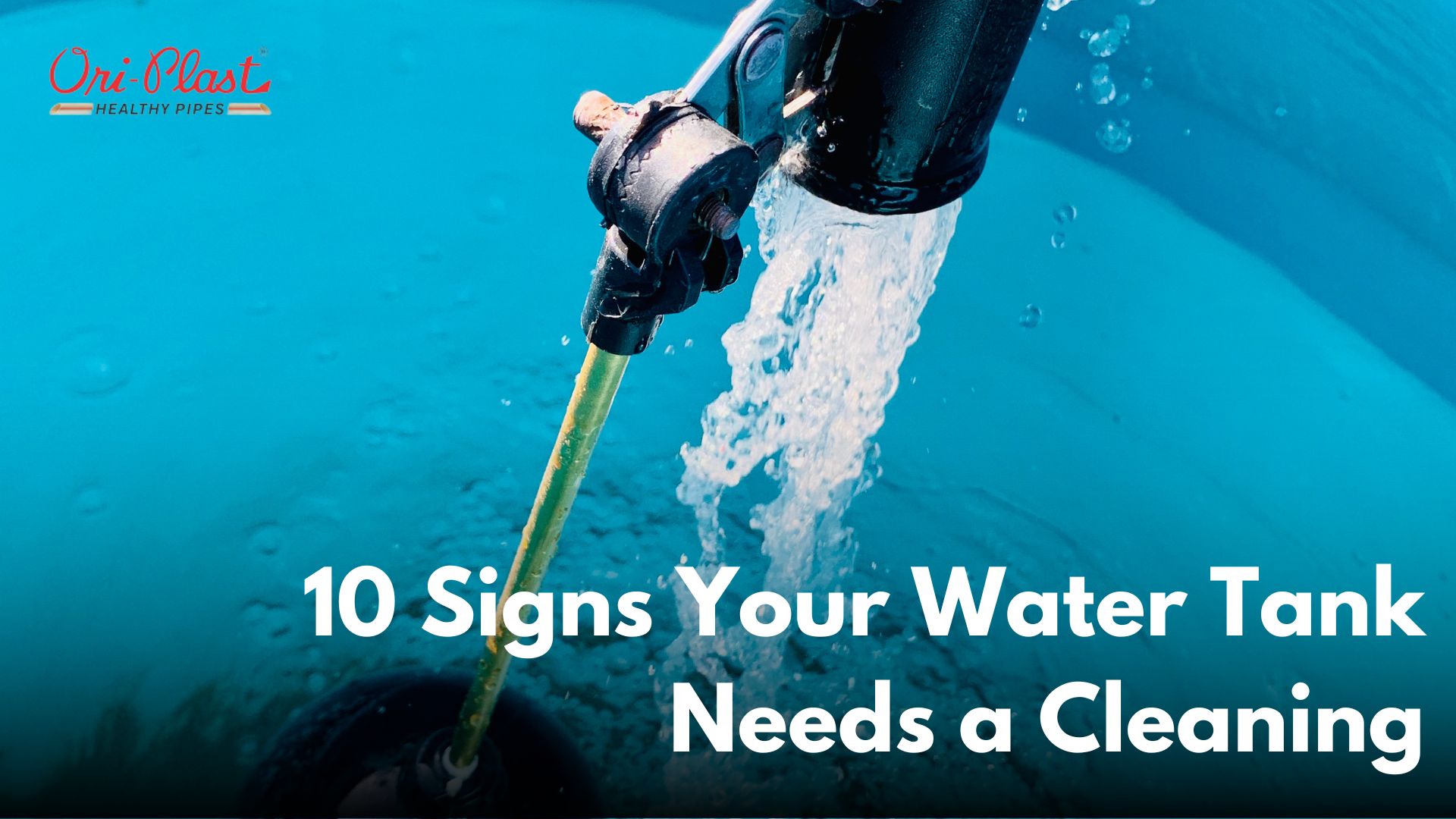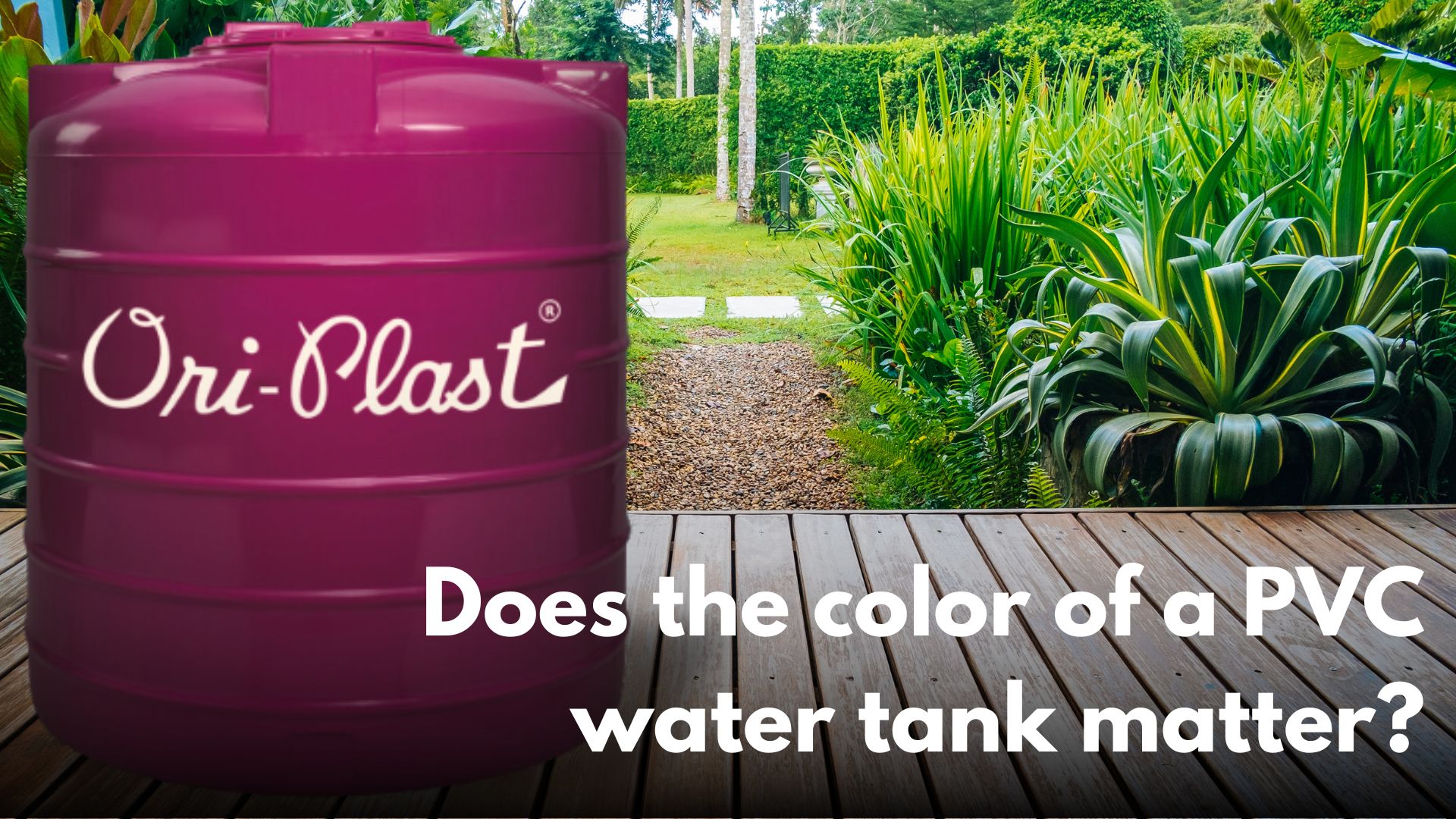Imagine turning on your faucet and instead of refreshing water, you encounter a foul, potentially hazardous cocktail.
This isn't a scene from a dystopian movie, but a real risk posed by improperly installed or malfunctioning backflow prevention devices.
These unsung heroes play a critical role in protecting your clean water from contamination by wastewater, and ensuring their functionality is a crucial responsibility for plumbers.
What is Backflow?
Simply put, it's the unwanted reversal of water flow in your plumbing system. This can happen due to various factors, like:
- Negative pressure: When water pressure drops in the main supply line, creating a vacuum that can suck water back from your fixtures or appliances.
- Cross-connections: When contaminated water sources, like lawn sprinklers or boilers, are unknowingly connected to the clean water supply.
- Siphonage: When the flow of water creates a suction effect that pulls contaminated water back into the system.
The Health Risks of Backflow
Contaminated water can harbour harmful bacteria, chemicals, and other pollutants, leading to serious health risks like:
- Gastrointestinal illness
- Skin infections
- Neurological disorders
This is why backflow prevention devices (BPDs) are essential safeguards in our plumbing systems.
BPDs act like silent guardians, constantly vigilant against the threat of backflow. They come in various types, each suited for specific applications. Some common examples include:
- Air gaps: These create a physical barrier between clean and contaminated water using open vertical space, preventing siphoning.
- Vacuum breakers: These allow air to enter the pipes when pressure drops, preventing backflow.
- Check valves: These act like one-way doors, allowing water to flow in one direction only.
However, the effectiveness of BPDs hinges on their proper installation and maintenance. Plumbers play a critical role in ensuring these devices are:
- Selected and installed correctly: Choosing the right BPD for the specific application and installing it according to local regulations is crucial.
- Regularly tested and inspected: BPDs should be tested at predetermined intervals to ensure they're functioning properly and not leaking.
- Repaired or replaced promptly: If a BPD shows signs of malfunctioning, it needs immediate attention to prevent potential contamination.
By ensuring proper backflow prevention, plumbers become silent heroes protecting public health. Their expertise and vigilance safeguard clean water, preventing illness and ensuring the safety of our communities. So, the next time you turn on your faucet and enjoy a refreshing glass of water, remember the unseen guardians behind the scenes – the backflow prevention devices and the skilled plumbers who keep them functioning flawlessly.




